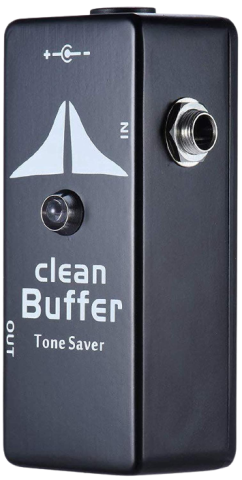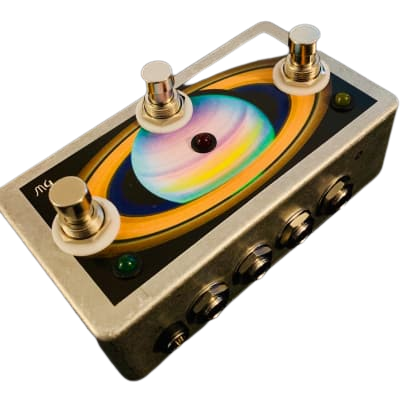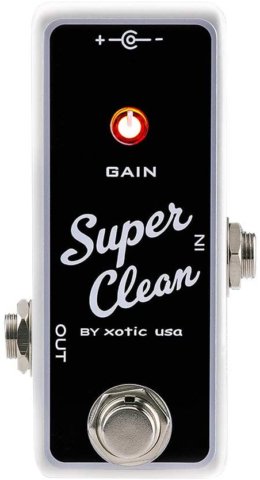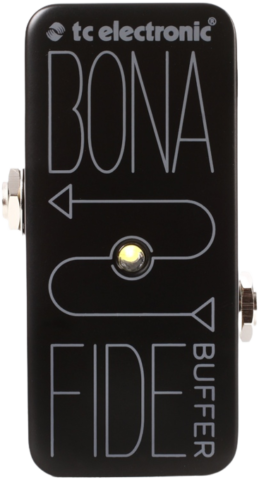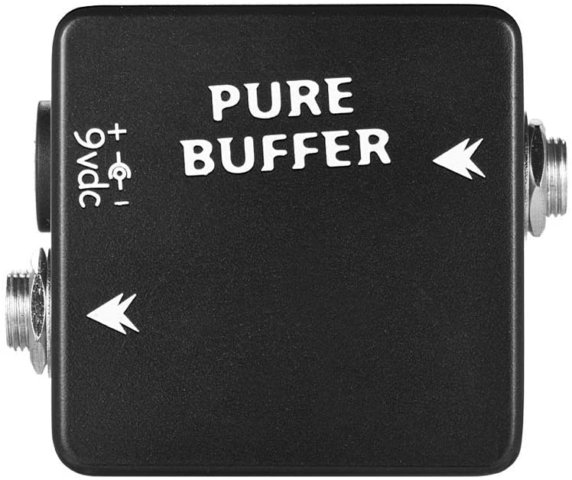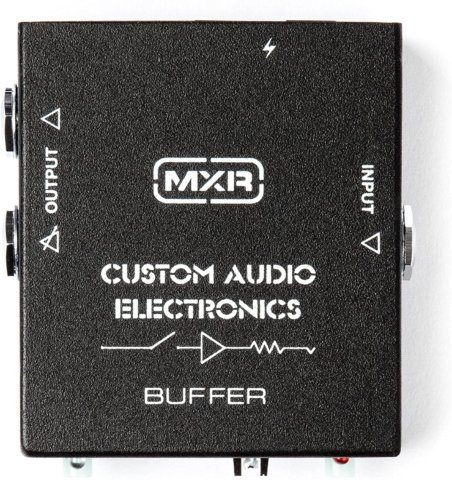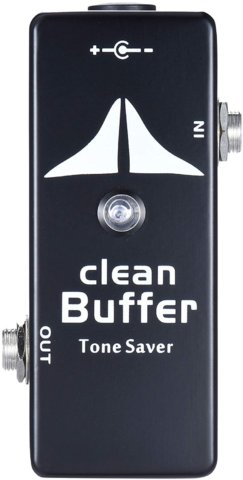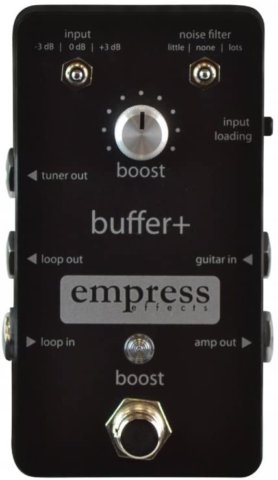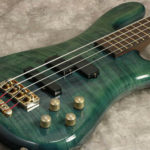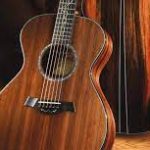BUFFER PEDALS
This site contains affiliate links, which we receive a commission from any sale or purchase, and are of no cost to you. As a participant in the Amazon Services LLC Associates Program, affiliate links will redirect you to Amazon.com and its affiliate sites. Please read our DISCLAIMER for more information
Buffer pedals are often unnecessary when connecting a guitar straight into an amp and even when using a few pedals. However, having a good buffer pedal at a low-signal-level point in the signal chain can make or break the sound and tone of a guitar through a pedalboard.






